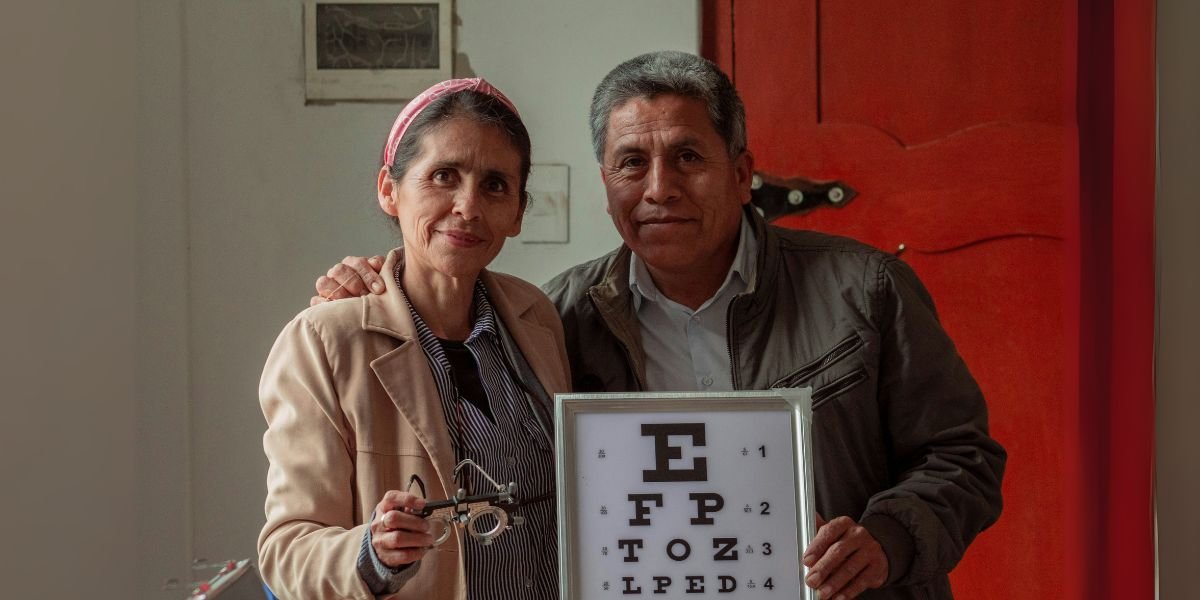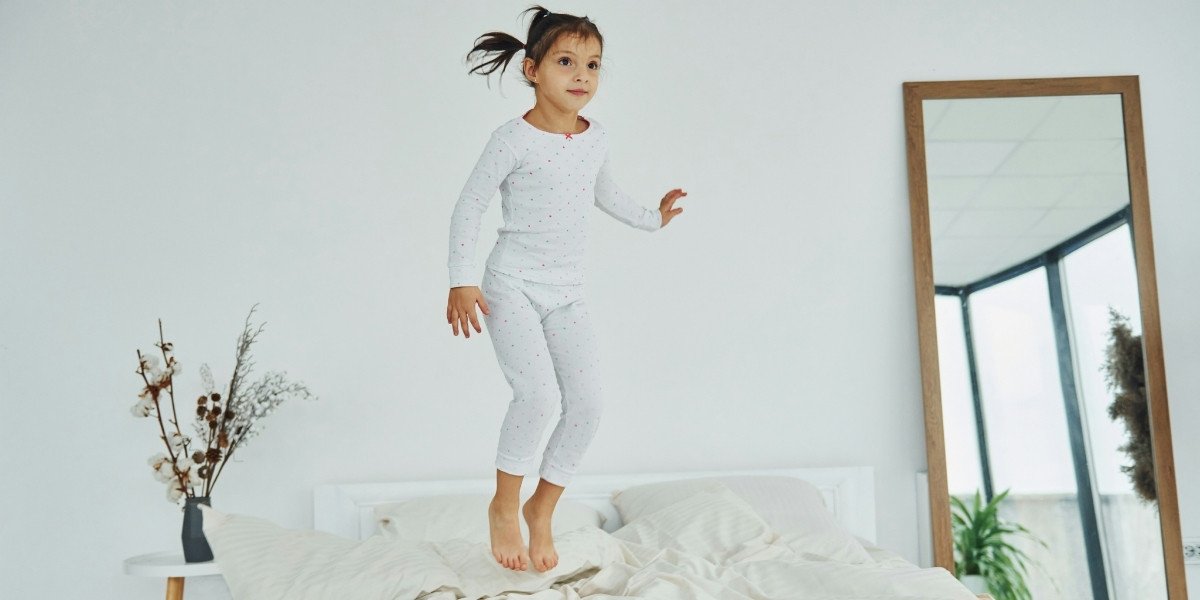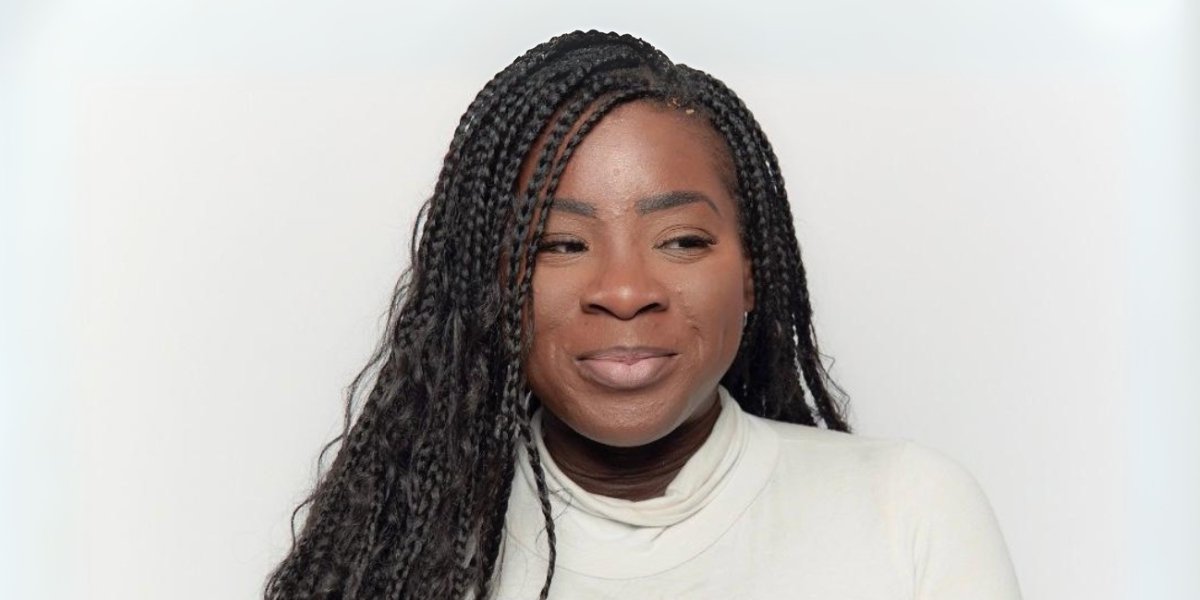By: Mae Cornes
Imagine bringing your newborn home, only to unknowingly expose them to a hidden danger lurking in the corners of your house. Mold, often invisible and silent, can release spores that pose serious health risks to your baby. For newborns, whose immune systems are still developing, the consequences can be particularly severe.
According to the Centers for Disease Control and Prevention (CDC), exposure to mold can cause symptoms such as stuffy nose, eye irritation, wheezing, and skin rashes. In more severe cases, it can lead to respiratory infections and even pulmonary hemorrhage in infants.
“Mold is one of the most dangerous things to breathe in, especially for newborns,” says Steve Fontaine, a leading expert in indoor air quality. “It can cause permanent damage if not addressed promptly.”
The effects of mold exposure are not always immediately apparent. Symptoms can be mistaken for common colds or allergies, delaying proper diagnosis and treatment. This makes it crucial for parents to be vigilant and proactive in ensuring their homes are free from mold.
Success Stories in Mold Mitigation
One of the effective ways to combat mold and improve indoor air quality is through the use of HEPA air purifiers. Steve Fontaine has been at the forefront of promoting the use of HEPA air purifiers in various settings, including schools and homes. Fontaine has consulted with over ten states and helped place over one million air purifiers in classrooms across the country, making him an expert on air quality testing for mold.
“The introduction of HEPA 13 air purifiers in schools has made a substantial impact on improving indoor air quality and protecting the health of children,” Fontaine notes. “These purifiers can capture 99.9% of airborne particles, including mold spores, ensuring a safer environment for everyone.”
Fontaine’s efforts have led to significant improvements in air quality in many schools and homes.
Practical Steps for Parents
For parents concerned about mold exposure in their homes, there are several practical steps that can be taken to mitigate the risks. The first step is to identify and address any sources of moisture, as mold thrives in damp environments. This includes fixing leaks, ensuring proper ventilation, and using dehumidifiers in areas prone to dampness.
Using HEPA air purifiers is another highly effective measure. These devices can significantly reduce the concentration of mold spores and other harmful particles in the air.
“A HEPA 13 or 14 filtered air purifier can clean your whole basement or any other room in your home,” Fontaine advises. “These purifiers are easy to use and can provide peace of mind by ensuring that the air your newborn breathes is free from harmful contaminants.”
Regular maintenance of HVAC systems is also crucial. Ensuring that these systems are properly maintained and that any water leaks or damp areas are promptly addressed can prevent mold growth. Additionally, parents should consider regular testing for mold and other airborne contaminants to ensure a safe environment for their children.
Expert Recommendations
Steve Fontaine emphasizes the importance of taking proactive steps to improve indoor air quality. “Parents need to bond together and demand that schools and other institutions take action to address mold problems,” he says. “Don’t call a manufacturer or a salesman; call an expert who can provide reliable solutions.”
Fontaine’s recommendations are backed by his extensive experience and success in the field of indoor air quality. He advises parents to choose air purifiers with HEPA 13 or 14 filters, which are capable of capturing even the smallest particles.
“I only recommend products that I use in my own home and office,” Fontaine states. “These purifiers come with a lifetime warranty and are far above industry standards.”
In May 2023, the CDC came out with recommendations on how to achieve cleaner, safer air. They recommended five clean air exchanges per hour and adding HEPA 13 or 14 filtered air purifiers to classrooms, offices, and homes. Following these guidelines can help ensure that the air your newborn breathes is as clean and safe as possible.
In the words of Steve Fontaine, “Mold is a serious threat, but with the right tools and knowledge, we can protect our children and ensure they grow up in healthy, safe environments.”
Published by: Khy Talara









